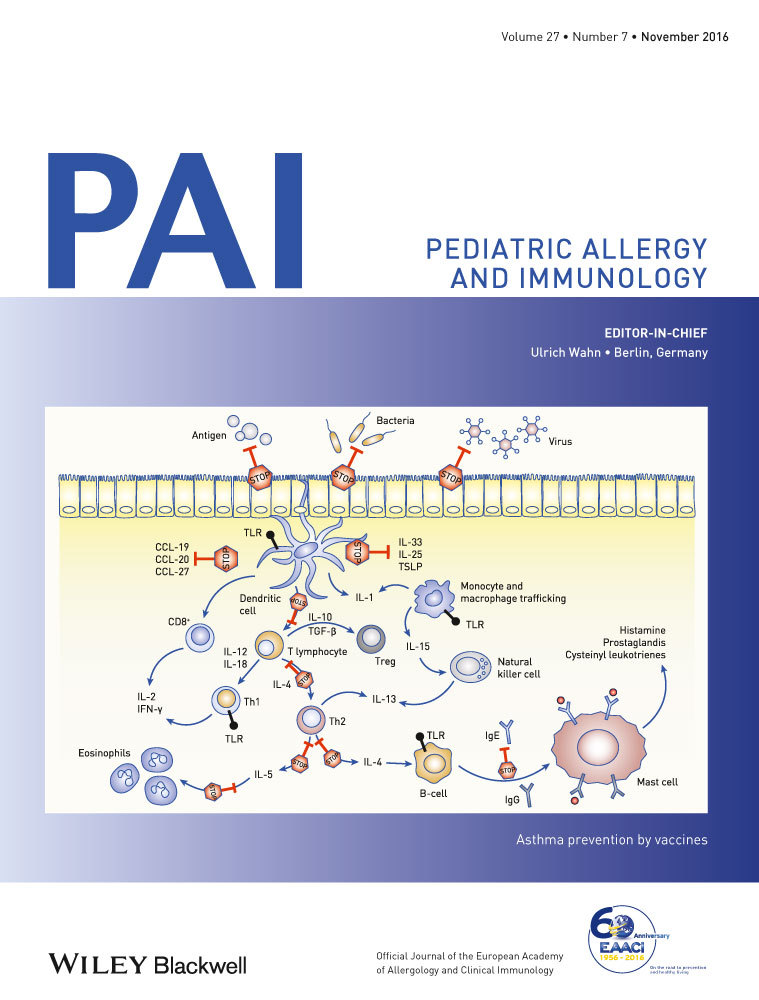Egg sensitization, allergy and component patterns in African children with atopic dermatitis
Abstract
Background
Egg allergy is the most common food allergy in children with atopic dermatitis (AD). This study aimed to determine the prevalence of egg allergy, component patterns and predictive values of screening tests in egg allergy in South African children with AD.
Methodology
This was a prospective, observational study in a paediatric university hospital in Cape Town. Children with AD, aged 6 months to 10 years, were recruited randomly. They were assessed for sensitization and allergy to egg by questionnaire, skin prick tests (SPT), Immuno Solid Phase Allergen Chip (ISAC 103®) test, ImmunoCAP component tests to egg and ovomucoid (Gal d 1) and incremental food challenges.
Results
Hundred participants (59 Black Africans and 41 of mixed ethnicity) were enrolled, median age 42 months. There was a high rate of egg sensitization of 54% and prevalence of confirmed egg allergy of 25%. History and screening laboratory tests overestimated egg allergy significantly. SPT to fresh egg white was significantly more sensitive in diagnosing egg allergy than SPT to the commercial egg white extract and produced the highest area under the receiver operator characteristics curve of all the screening tests in predicting true egg allergy. In those participants sensitized to egg, the component ovomucoid was best at differentiating true egg allergy from tolerance. Commonly used 95% positive predictive values (PPVs) for SPT to egg and ImmunoCAP egg white produced low PPV of 57% and 74%, respectively, in this population overall, with generally poorer predictive values amongst the Black Africans than the mixed ethnicity participants. A SPT to fresh egg of 17 mm and ImmunoCAP egg white of 13 kU/l produced the best PPV for egg allergy in this population.
Conclusion
The prevalence of egg allergy is high in African children with AD, but history of egg allergy and sensitization to egg significantly overestimate the true egg allergy rate. SPT to fresh egg white was more sensitive than that to commercial egg white extract; hence, fresh egg white should be recommended in an egg allergy screening panel. The component ovomucoid was useful for differentiating allergy from tolerance in egg-sensitized participants. Population-specific 95% PPV for egg allergy tests may need to be established in developing world populations.




